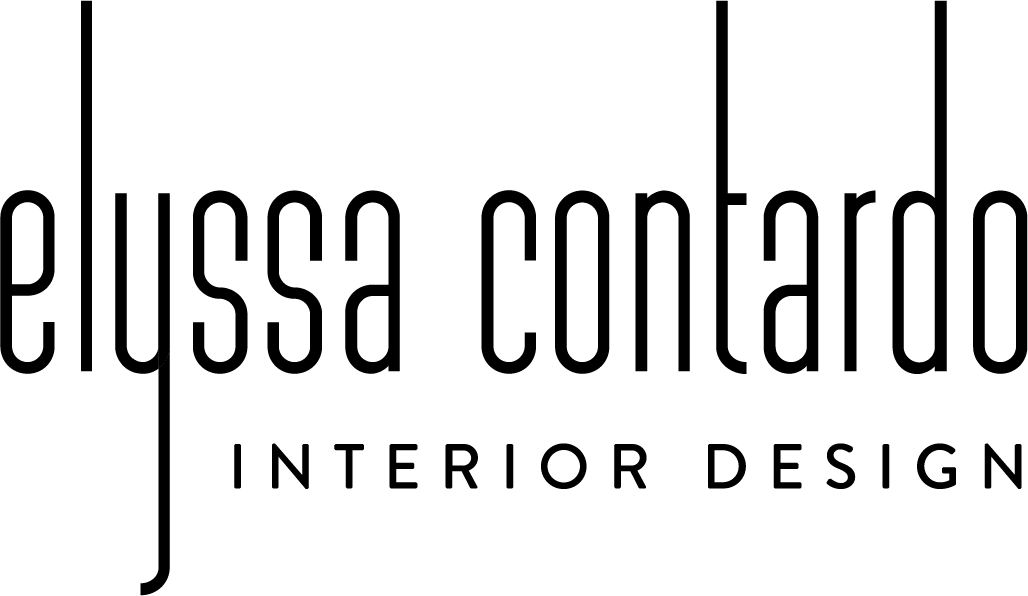How Interior Design affects Mental Health & How Interior Design Works
Interior design can have a significant impact on mental health, influencing mood, stress levels, and overall well-being. Here’s how various aspects of interior design can affect mental health:
1. Color Psychology
Calming Colors: Soft blues, greens, and neutrals can promote relaxation and reduce stress.
Energizing Colors: Bright colors like yellow or orange can boost energy and creativity but might be overwhelming if overused.
2. Lighting
Natural Light: Exposure to natural light helps regulate circadian rhythms and can improve mood and productivity.
Artificial Lighting: Adjustable lighting options can help create a calming atmosphere or enhance focus depending on the need.
3. Spatial Layout
Clutter-Free Spaces: A well-organized space with minimal clutter can reduce anxiety and create a sense of calm.
Functional Layout: Spaces designed with function in mind can reduce frustration and improve efficiency, impacting overall mood positively.
4. Comfort and Ergonomics
Furniture: Comfortable and ergonomically designed furniture can reduce physical discomfort and stress.
Textiles: Soft, cozy textiles like cushions and throws can make a space feel more inviting and soothing.
5. Biophilic Design
Connection to Nature: Incorporating elements like plants, natural materials, and views of nature can enhance well-being and reduce stress.
Indoor Gardens: Even small indoor gardens or green walls can improve air quality and provide a calming effect.
6. Personalization
Personal Touches: Personalizing a space with meaningful objects or colors can create a sense of belonging and comfort.
Art and Decorations: Art that resonates personally or brings joy can uplift mood and create a more engaging environment.
7. Acoustics
Noise Control: Good acoustics and noise control can reduce stress levels, improve concentration, and create a peaceful environment.
8. Ventilation and Air Quality
Fresh Air: Proper ventilation and good air quality are essential for mental clarity and physical health.
9. Sense of Safety
Secure Spaces: A well-designed space that feels safe and secure can contribute to reduced anxiety and stress.
By thoughtfully considering these elements, interior design can be tailored to support mental well-being and create environments that foster relaxation, productivity, and overall happiness.
HOW INTERIOR DESIGN WORKS:
Interior design is a multi-faceted discipline that involves planning and creating functional and aesthetically pleasing indoor environments. It combines art and science to enhance the quality of life and culture of the occupants. Here’s a breakdown of how interior design works:
1. Understanding Client Needs
Consultation: The process typically begins with a consultation where the designer discusses the client’s needs, preferences, and budget.
Goals and Objectives: Designers identify the purpose of the space, such as residential, commercial, or institutional, and understand specific requirements.
2. Research and Concept Development
Style and Trends: Designers research current trends and styles but also consider the client’s tastes and the space’s context.
Space Planning: This involves creating a layout that optimizes the use of space, ensuring it meets functional needs while allowing for comfortable movement.
3. Design Schemes and Planning
Concept Design: Designers develop a concept that outlines the visual and functional direction for the project, including color schemes, materials, and furniture styles.
Mood Boards: Mood boards or design boards are created to visually communicate the concept and style to the client.
4. Creating Detailed Plans
Floor Plans: Detailed floor plans are drafted to show the layout of furniture, fixtures, and spaces.
Elevations and Sections: These drawings provide vertical views of the space, detailing elements like wall treatments, cabinetry, and other structural features.
5. Selecting Materials and Furnishings
Materials: Designers select materials such as flooring, wall coverings, and textiles that align with the design concept and functional requirements.
Furniture and Fixtures: Choices are made for furniture, lighting, and fixtures, considering both style and practicality.
6. Implementation
Contractors and Suppliers: Designers coordinate with contractors, suppliers, and artisans to ensure that the design elements are installed correctly and on schedule.
Project Management: This involves overseeing the construction or renovation process, managing budgets, and ensuring quality control.
7. Final Touches and Styling
Accessories and Decor: Designers add finishing touches, such as artwork, plants, and decorative items, to complete the look and enhance the space’s functionality.
Styling: Proper styling involves arranging and placing decorative items in a way that complements the overall design.
8. Review and Adjustments
Client Feedback: After the space is completed, designers review the project with the client to ensure satisfaction and make any necessary adjustments.
Final Walkthrough: A final walkthrough ensures that all elements are in place and functioning as intended.
9. Ongoing Maintenance
Advice and Recommendations: Designers may provide ongoing advice for maintaining the space, including care instructions for materials and recommendations for future updates.
